Study for La Nappe Froissée, 1971
Graphite on paper
Signed lower right
55 x 36 cm
Bibliography: Cabanne, Georges Rohner, Les éditions de l'amateur, 1989, reproduced on page 77
Georges Rohner, who learned to draw alongside an uncle, interrupted his studies at the Lycée Janson de Sailly and successfully presented at the Beaux-Arts in Paris. He draws after the antics and admires at the Louvre the works of Uccelo, Mantegna, Chardin, Corot, Champaigne and particularly Georges de La Tour, David and Ingres whose “classical aesthetic resulting from the return to the antique advocated by Winckelmann at the end of the 18th century” according to Lydia Harambourg. Among the moderns, only Mondrian holds his attention.
In 1930, Rohner was admitted to the Lucien Simon workshop where he met Humblot and Despierre with whom he formed strong and lasting friendships: they were both admitted to the French Académie des Beaux-Arts 40 years later. He made his debut at the Salon d'Automne where he exhibited regularly, then participated in the Salon des Indépendants and Tuileries. His conviction that the salvation of painting requires a return to the subject was stimulated by the exhibitions The Painters of Reality in France in the 18th Century and The Le Nain which impressed him. In 1935, he joined the Forces Nouvelles group with Humblot, Jannot, Lasne, Pellan and Tel Coat. The group is placed under the patronage of David and Ingres. During his military service, he went to Guadeloupe where he decorated the Town Hall of Basse-Terre.
Rohner participated in the first Salon de la Nouvelle Génération then his first personal exhibition was organized in 1936. Mobilized, he was taken prisoner at Stala XII in Trier, where he decorated the chapel. Back in 1942, he moved to rue Bonaparte where his friend Despierre would later join him a few blocks away.
Having reached the maturity of his art, Rohner devotes his work to landscapes, portraits and still lifes. By renewing his vision of things, Rohner has, according to Lydia Harambourg, “created new subjects which owe nothing to history, to mythology. Having always refused abstraction, he draws from a concrete repertoire, real objects and beings which will appear refined, stripped of all cultural references and all allusions of a surrealist nature, in order to give this visible reality a greater intensity. »
Rohner exhibited at the Framond gallery from 1951 to 1953. Critics celebrated him : Pierre Descargues, Pierre du Colombier, Claude Roger-Marx and André Warnod. His exhibitions followed one another in the 1960s, notably at the Galerie de Paris. He exhibited at the Wildenstein in London in 1973 and New York in 1974 before joining the Framond gallery definitively in 1983.
His works are kept in numerous museums: Center Pompidou, Museum of Modern Art in Paris, Metropolitan Museum in New York, Angers, Brest, Caen, Beauvais, Menton, Nancy, Rodez, Rouen.


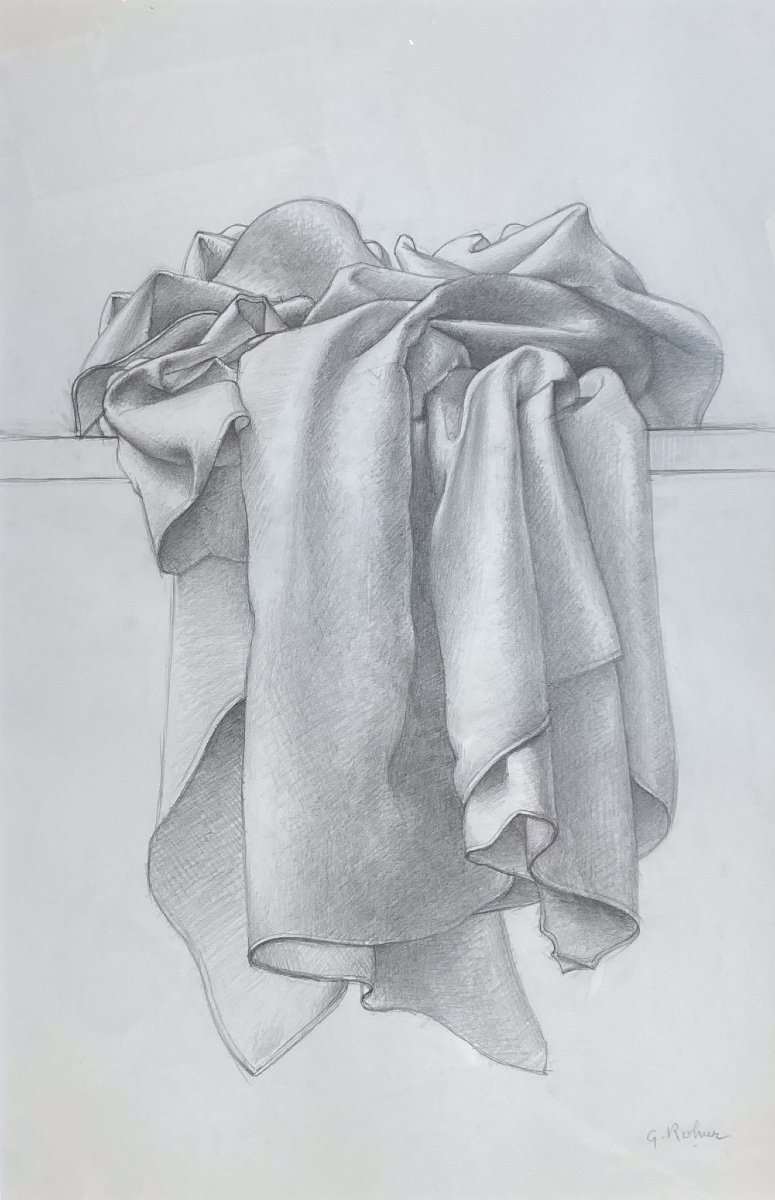




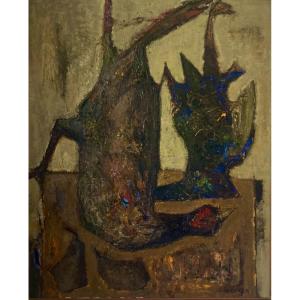

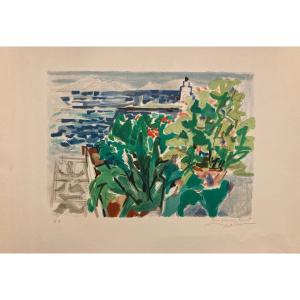
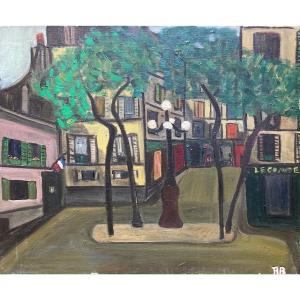
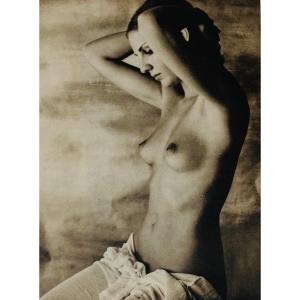
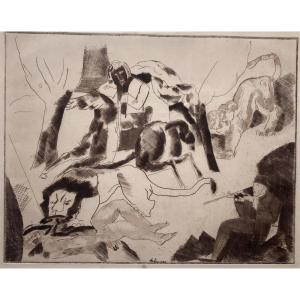
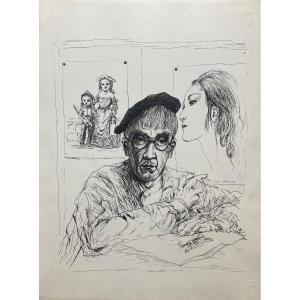
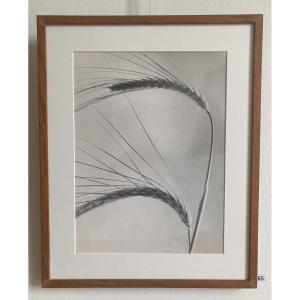
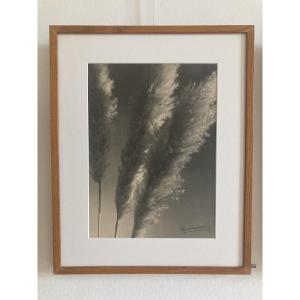


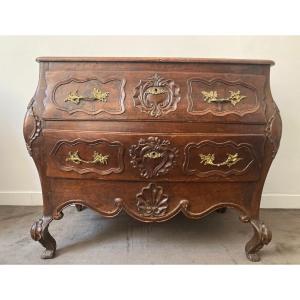
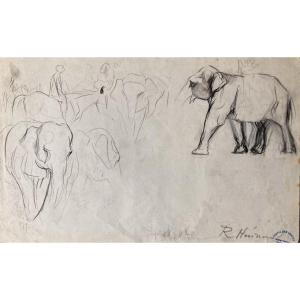
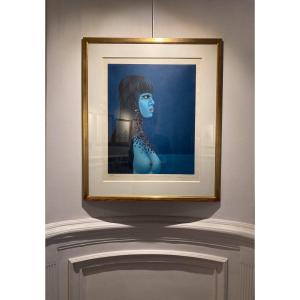


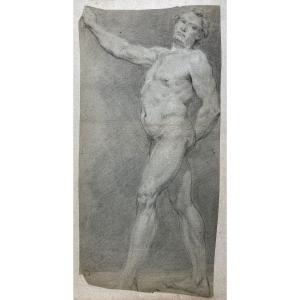






 Le Magazine de PROANTIC
Le Magazine de PROANTIC TRÉSORS Magazine
TRÉSORS Magazine Rivista Artiquariato
Rivista Artiquariato